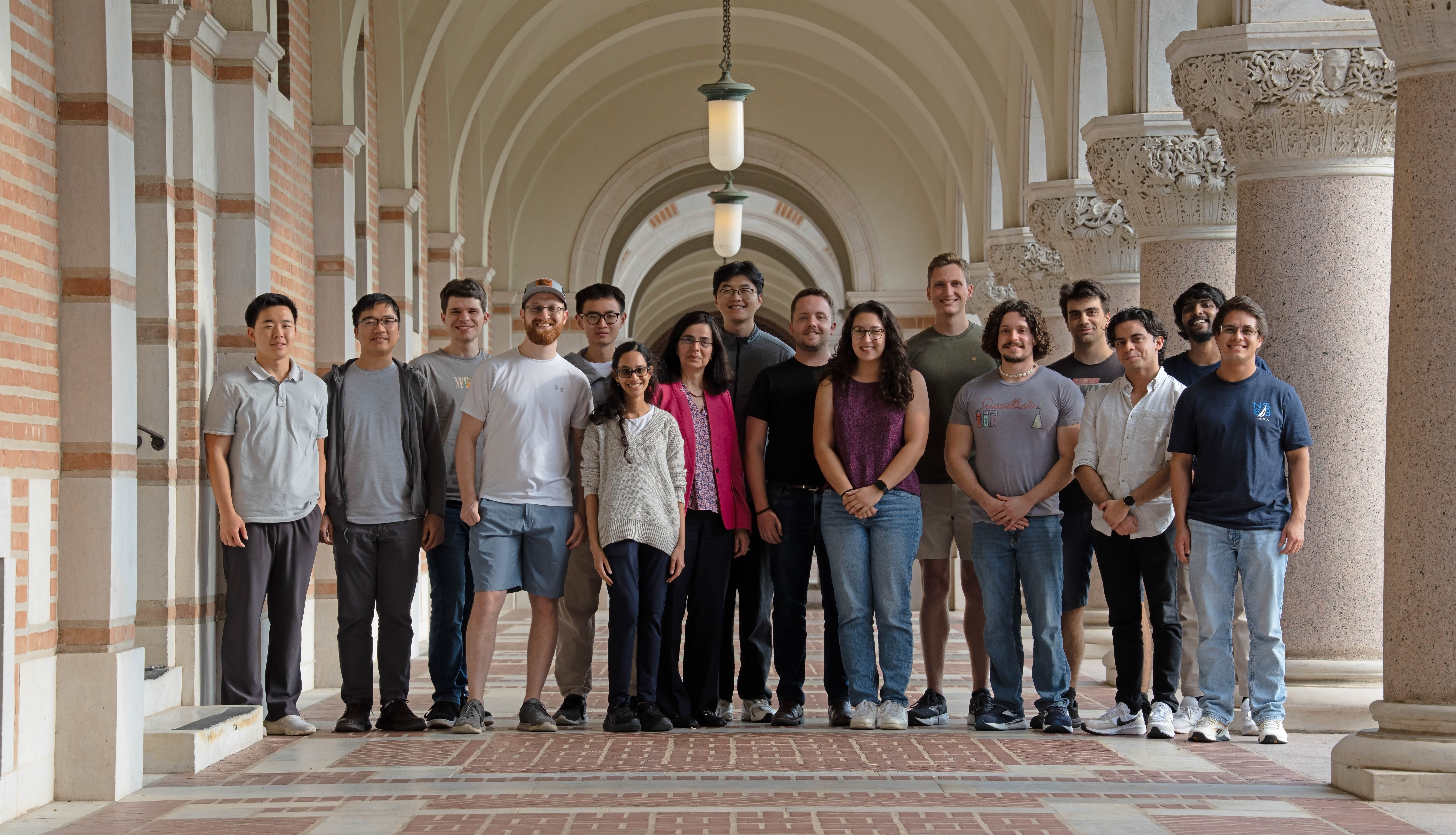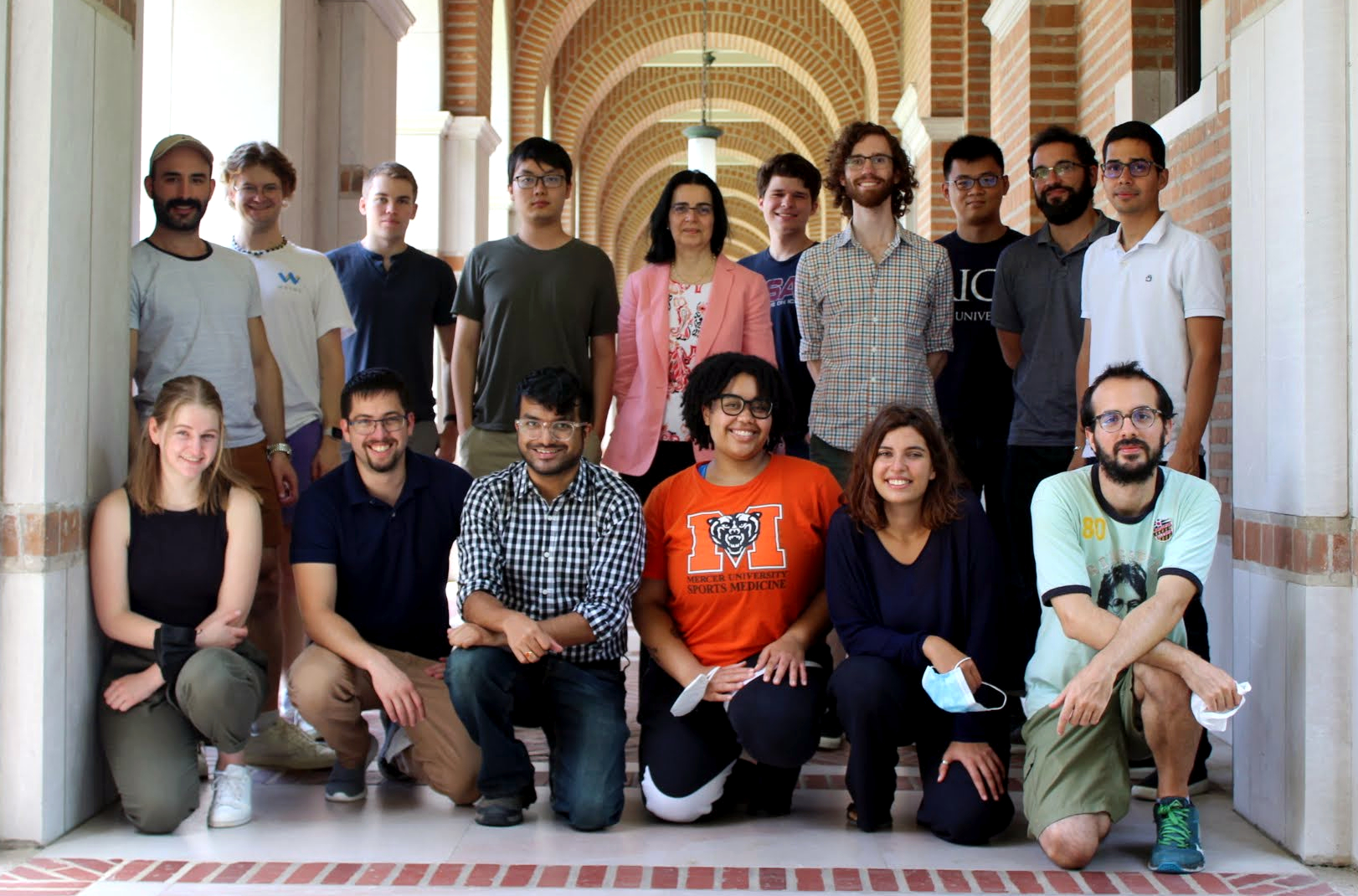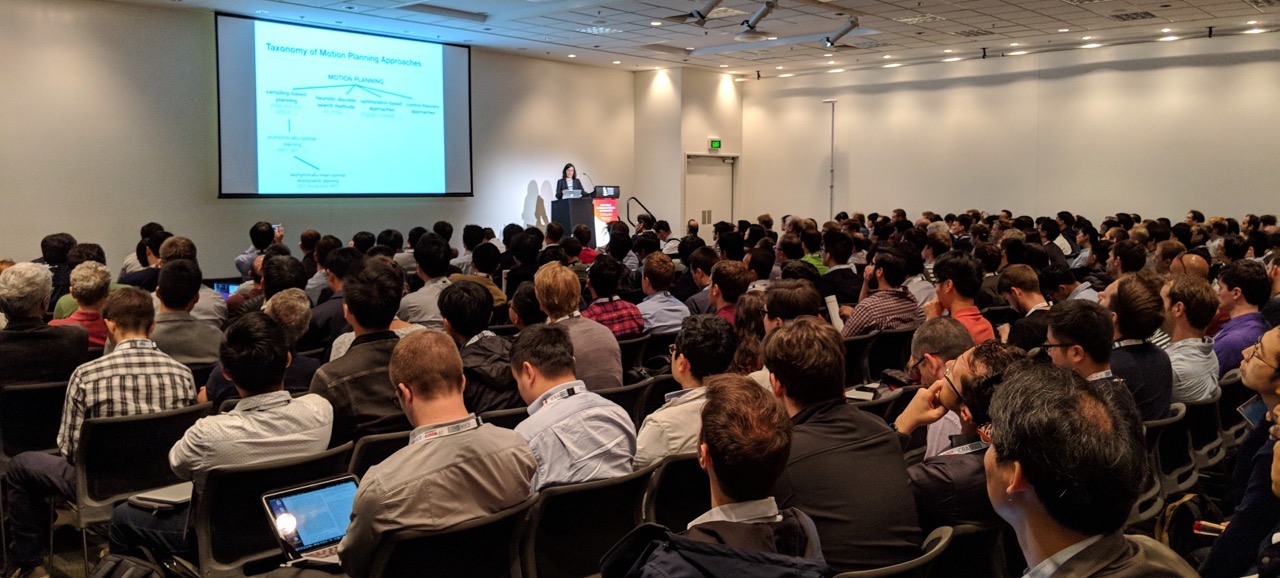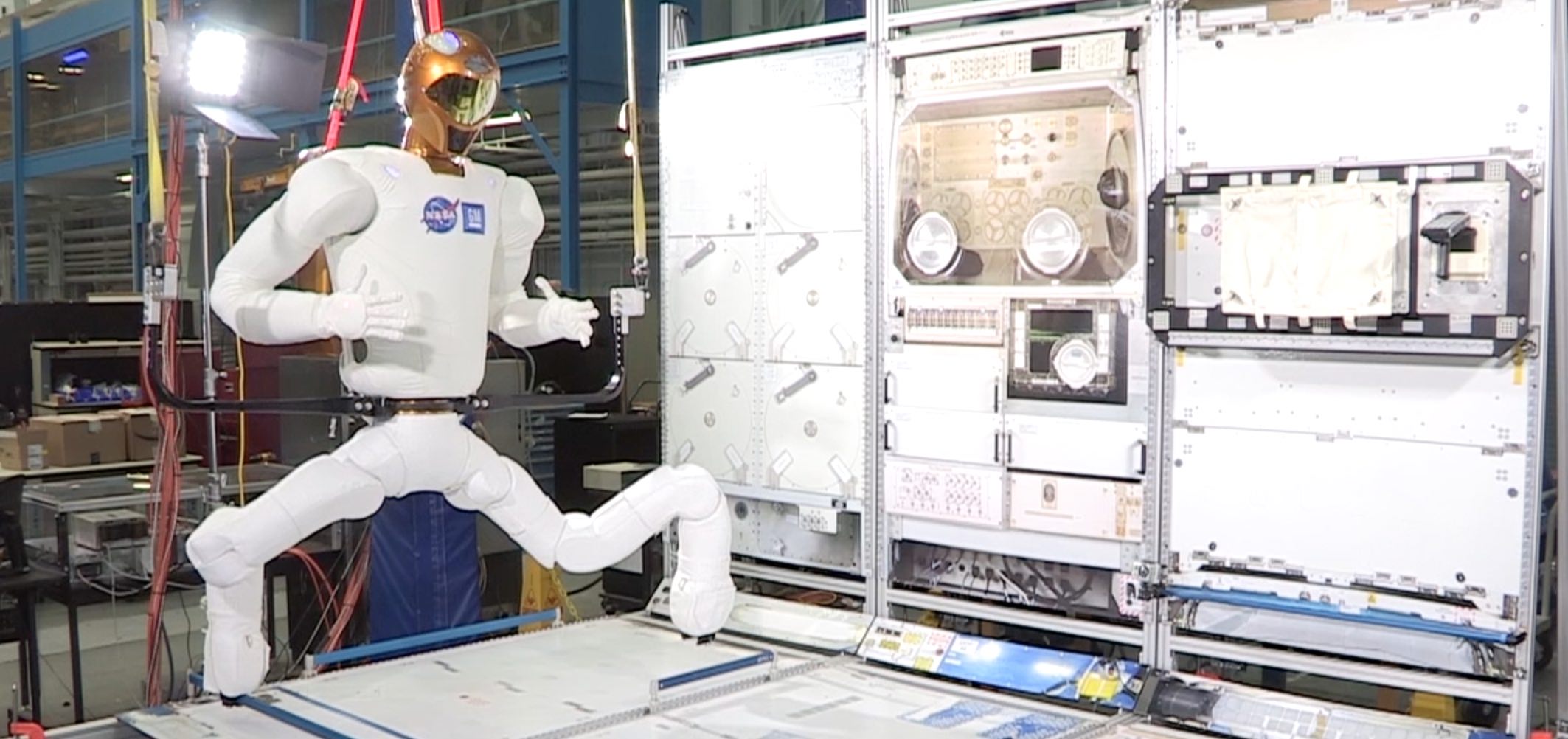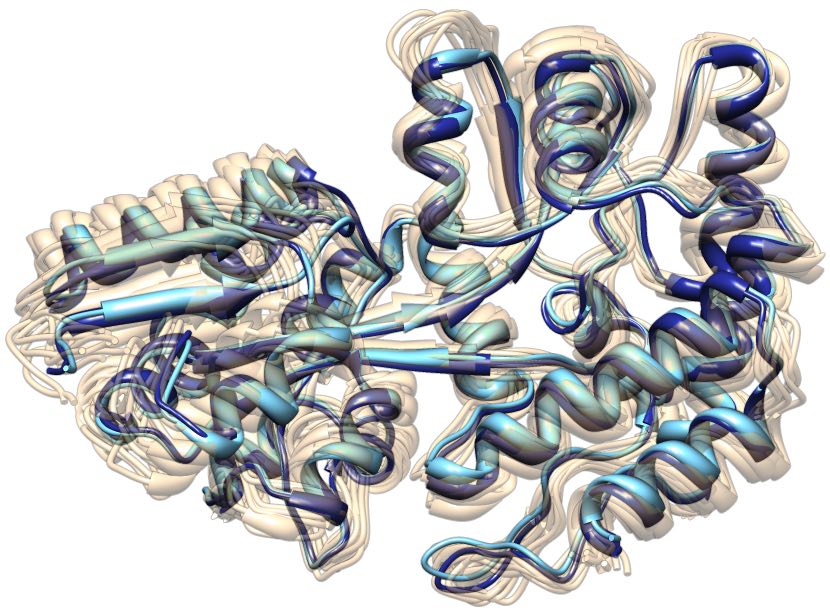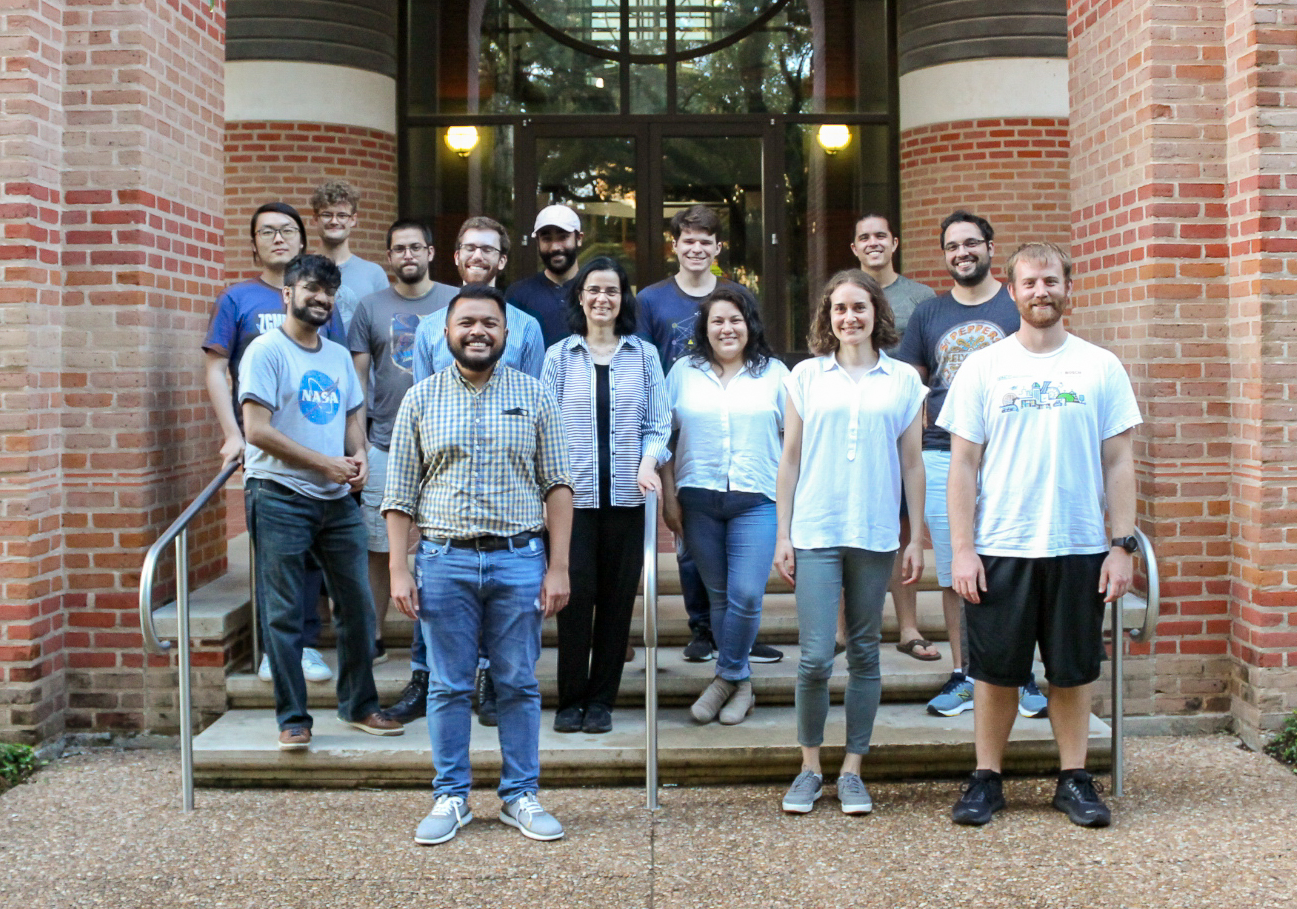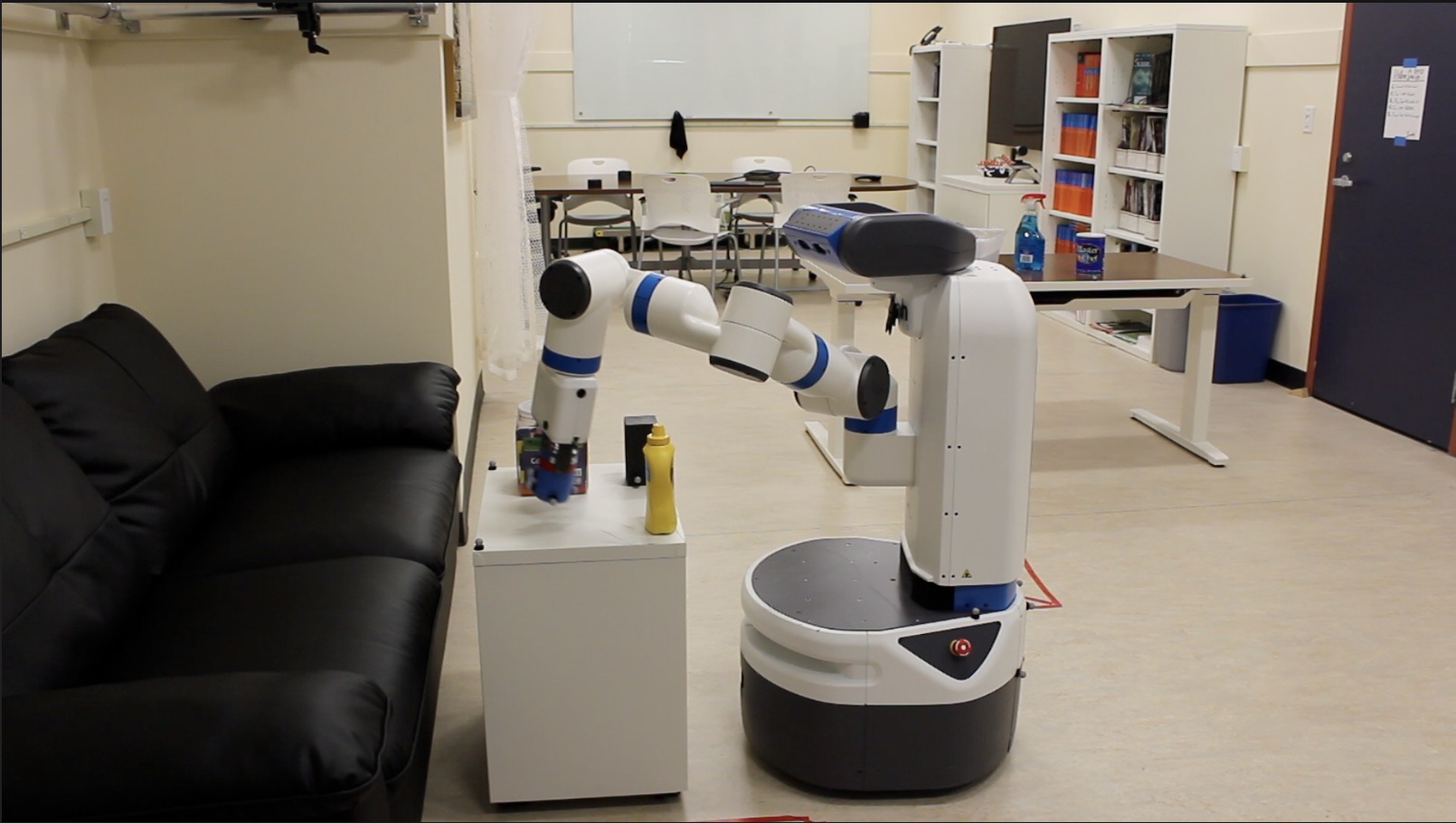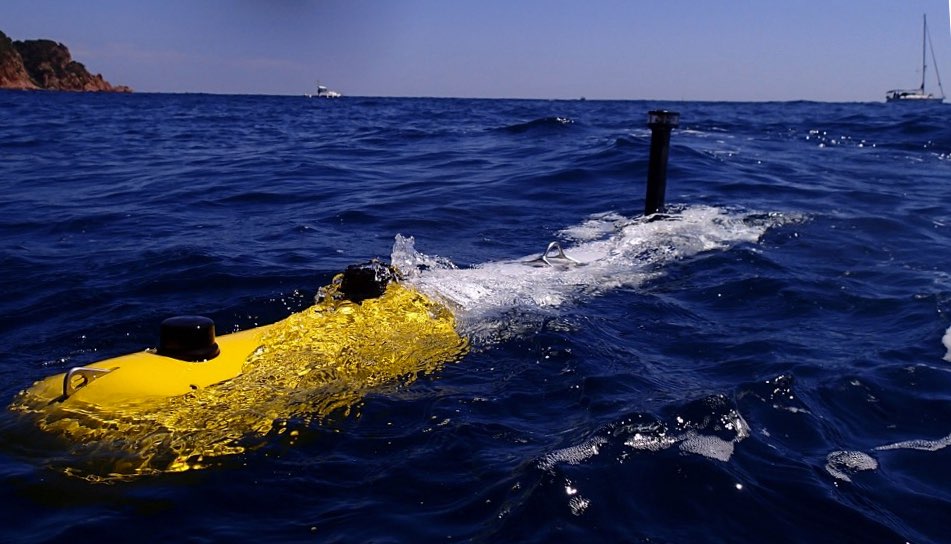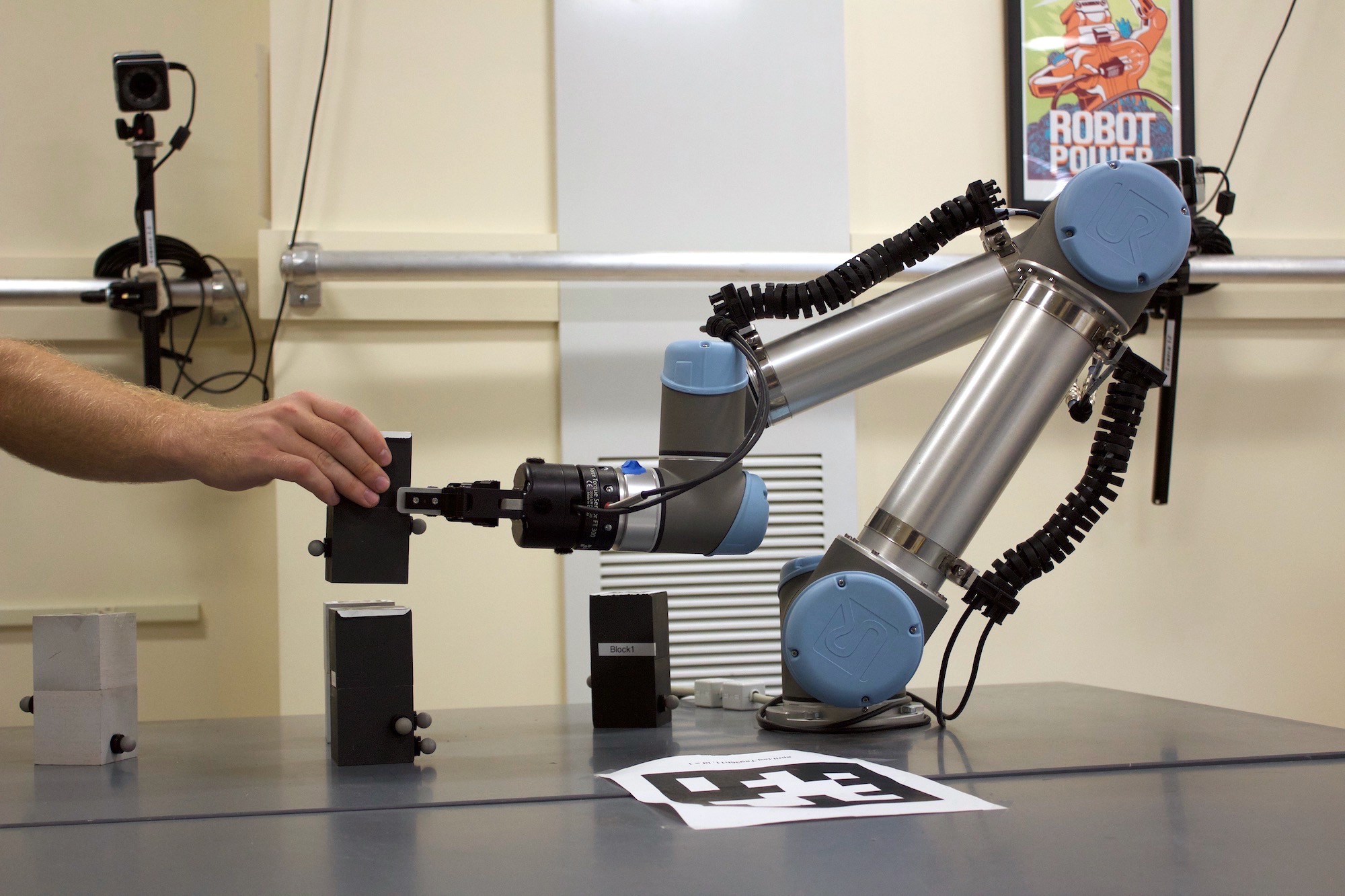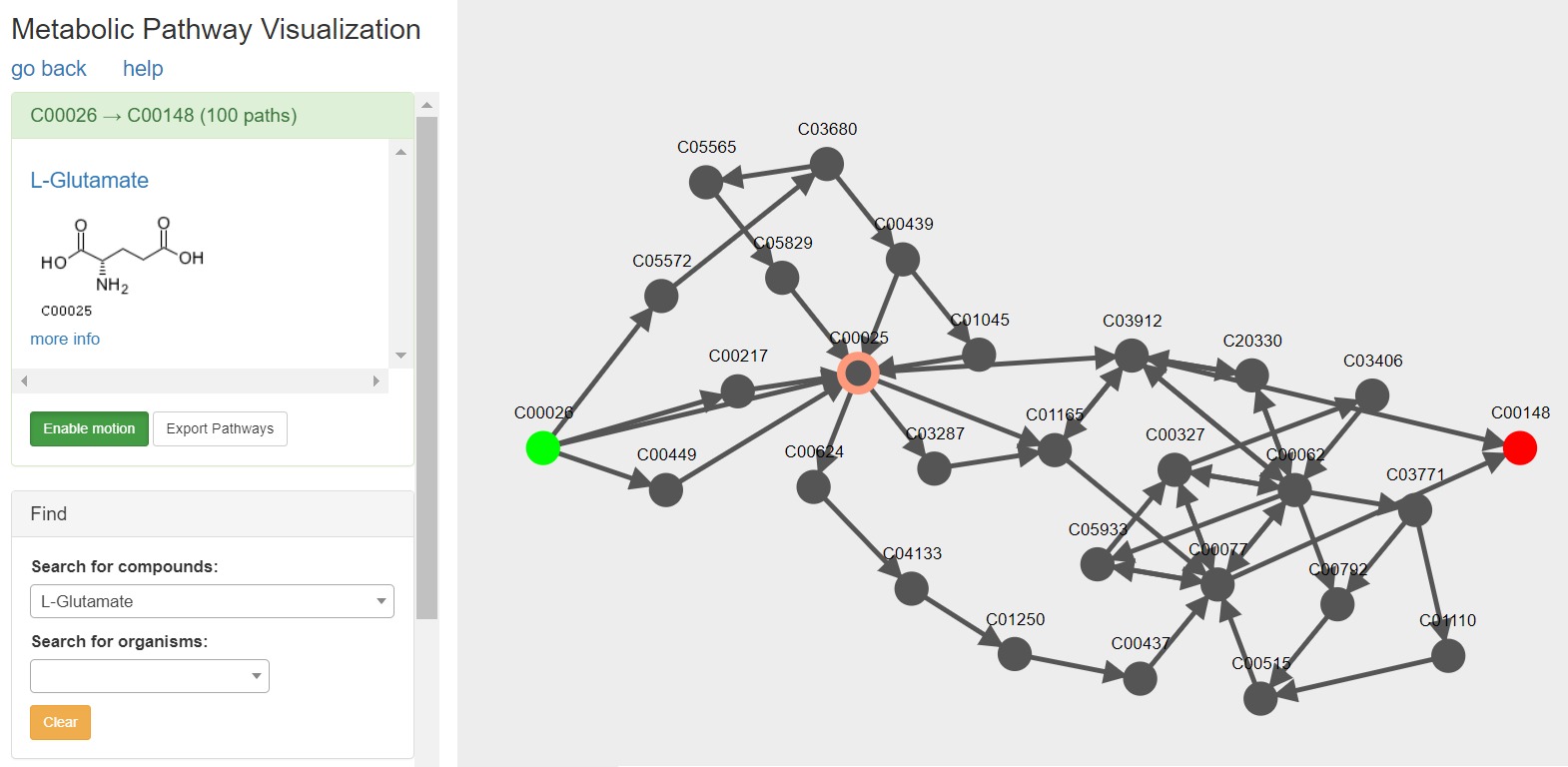Computational Robotics & AI

- A Framework for Manipulation Planning and Execution under Uncertainty in Partially-Known Environments
- Scalable Next-Generation Software Infrastructure for High-Dimensional Search
- Collaborative Research: FW-HTF-RM: Robotic Teaching Assistant Systems for Nursing Instructors
- Automated and Robotic Inspection of Flood Control Systems
- A Novel Framework for Informed Manipulation Planning
- Robotic Collaboration through Scalable Reactive Synthesis
Computational Biomedicine

- PROTEAN CR: Proteomics Toolkit for Ensemble Analysis in Cancer Research
- Structure-based identification of SARS-derived peptides with potential to induce broad protective immunity
- Structure-based Selection of Tumor-antigens for T-cell Based Immunotherapy
- Structural modeling of peptide-HLA complexes presenting a melanoma-associated antigen for cross-reactivity assessment
- An Integrated Approach to Characterizing Conformational Changes of Large Proteins
- Mining Metabolic and Enzyme Databases for the Composition of Non-canonical Pathways
